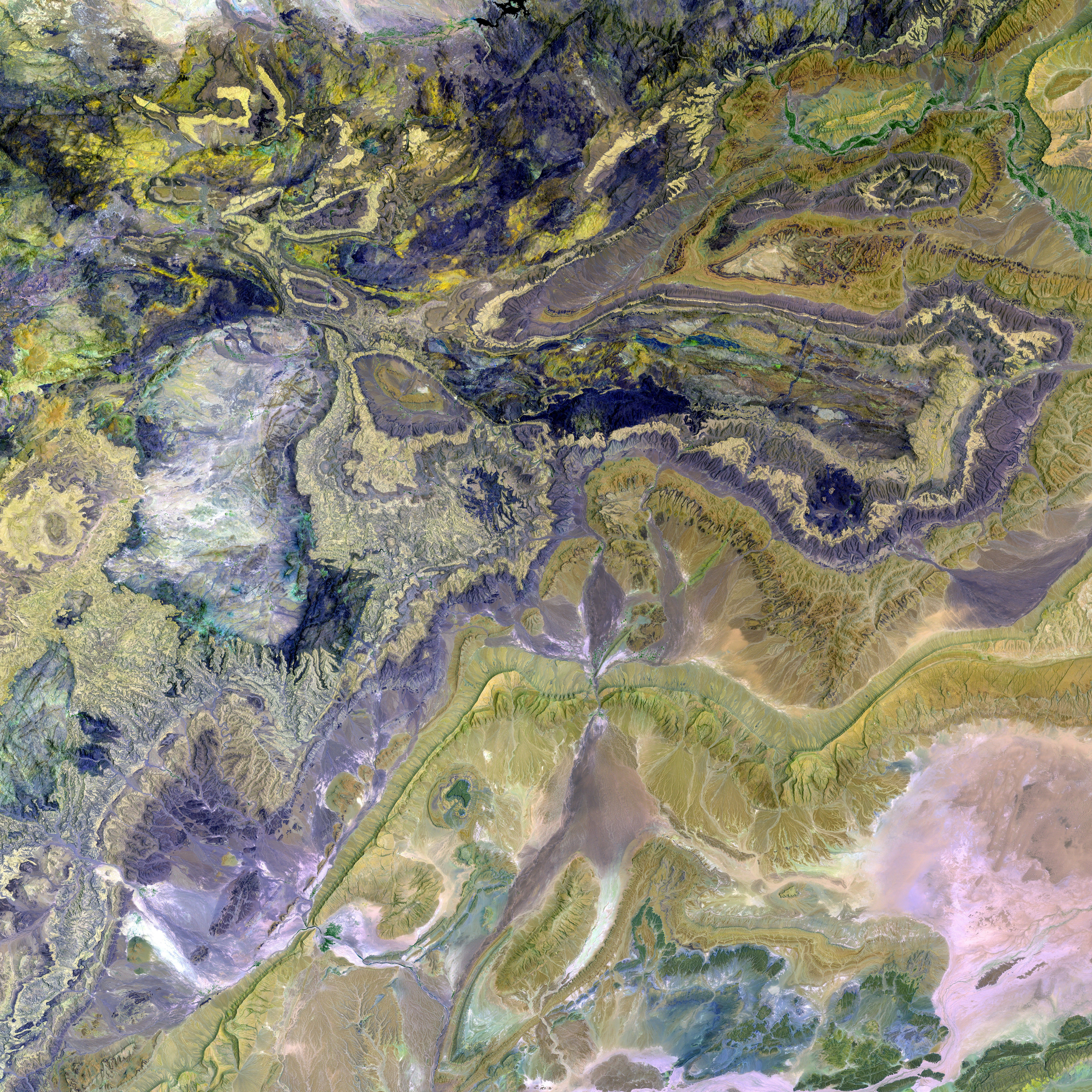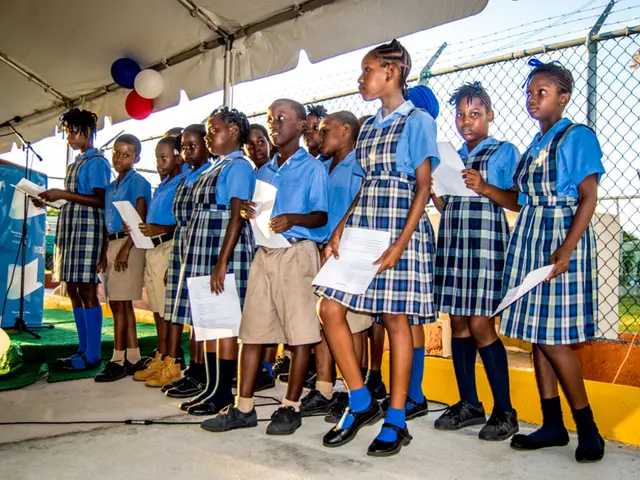Unleashed Apple Volcano Laboratory Project
Discover Exciting Fall Science Activities for Kids with the Apple Volcano Experiment
Embrace the joys of science this autumn with engaging fall activities for children, including the Apple Volcano. The popularity of our pumpkin volcano inspired this latest experiment, which combines a simple chemical reaction for an entertaining eruption that captivates children.
Apple Volcano: Learn Through Play
The apple volcano experiment introduces children to fundamental chemistry concepts, such as chemical reactions, acid-base reactions, and states of matter. The reaction between baking soda (base) and vinegar (acid) causes a fizzy eruption, producing carbon dioxide gas, demonstrating volcanic eruptions and their associated gas and material expulsion.
Recommended Grade Level
This hands-on activity is ideally suited for PreK-2nd graders, but can be adapted for older children as well, making it an excellent tool for teaching cause and effect through observation.
Materials Needed
- Apples
- Baking Soda
- Vinegar
- A container to catch the fizz
- A knife for adults to carve out a hole
- Optional: lemon juice, apple cider vinegar, dish soap, food coloring, science tools like eye droppers or turkey basters
While a traditional apple volcano setup involves apple juice, you can also try lemon juice or apple cider vinegar for added versatility and compare results (see our lemon volcano!).
Setting Up an Apple Volcano
- Place an apple on a dish, pie plate, or tray to catch the runoff.
- For safety reasons, prepare a hole or vessel in the top of the apple halfway down with an adult using a knife.
- Let the children place a couple of spoons of baking soda into the hole.
- Add dish soap if you'd like a foamier eruption. The chemical eruption will create more bubbles and runoff with added dish soap.
- Add a few drops of food coloring for visual impact, and use different colors for each apple.
- Pour vinegar into a cup for easy use by the children. You can also provide science tools like eye droppers or turkey basters for additional fun.
Pouring straight from the cup will create a more dramatic volcano effect, while using a baster or eyedropper will produce a more limited eruption. Either way, your kids will have a blast with these science tools!
The Science Behind the Apple Volcano
A chemical reaction occurs when two or more substances transform and form a new substance. In this case, vinegar (an acid) and baking soda (a base) combine to create carbon dioxide gas, resulting in the observed eruption.
The carbon dioxide gas escapes as bubbles, collects at the apple's surface, and overflows due to the small vessel. By adding dish soap to the mixture, you collect the gas and create frothy bubbles that deliver a greater lava-like flow down the sides, amplifying the fun!
Feel free to experiment with different containers or containerless methods (such as using a plastic bottle) to discover your perfect volcano setup.
(Optional) Additional Fall Science Activities
We've compiled a list of enriching science activities for kids to explore during the fall season, including baking soda and vinegar volcanoes, yeast-powered balloon experiments, mentos and Diet Coke eruptions, fall leaf chromatography, and pinecone experiments. These activities are not only fun but can help children learn about chemical reactions, volcanic eruptions, plant pigments, and plant responses to environmental changes in a creative and interactive way.
The autumn season introduces a plethora of exciting STEM activities for kids, beyond just the Apple Volcano experiment. Engage your little scientists with sensory activities like baking soda and vinegar projects, where they can observe chemical reactions firsthand, fostering a love for art, chemistry, and self-development through learning.
Incorporate yeast-powered balloon experiments to learn about fermentation and gas production or create surprising Mentos and Diet Coke eruptions to study carbon dioxide. Delve into the natural world with fall leaf chromatography, examining plant pigments, or conduct pinecone experiments to investigate plant responses to environmental changes. All these hands-on activities offer a fun blend of art, science, and education, making learning an enjoyable playtime adventure.
As the leaves change and the weather cools, embrace this opportunity to cultivate your child's curiosity and appreciation for science, art, and the beautiful world around us.








